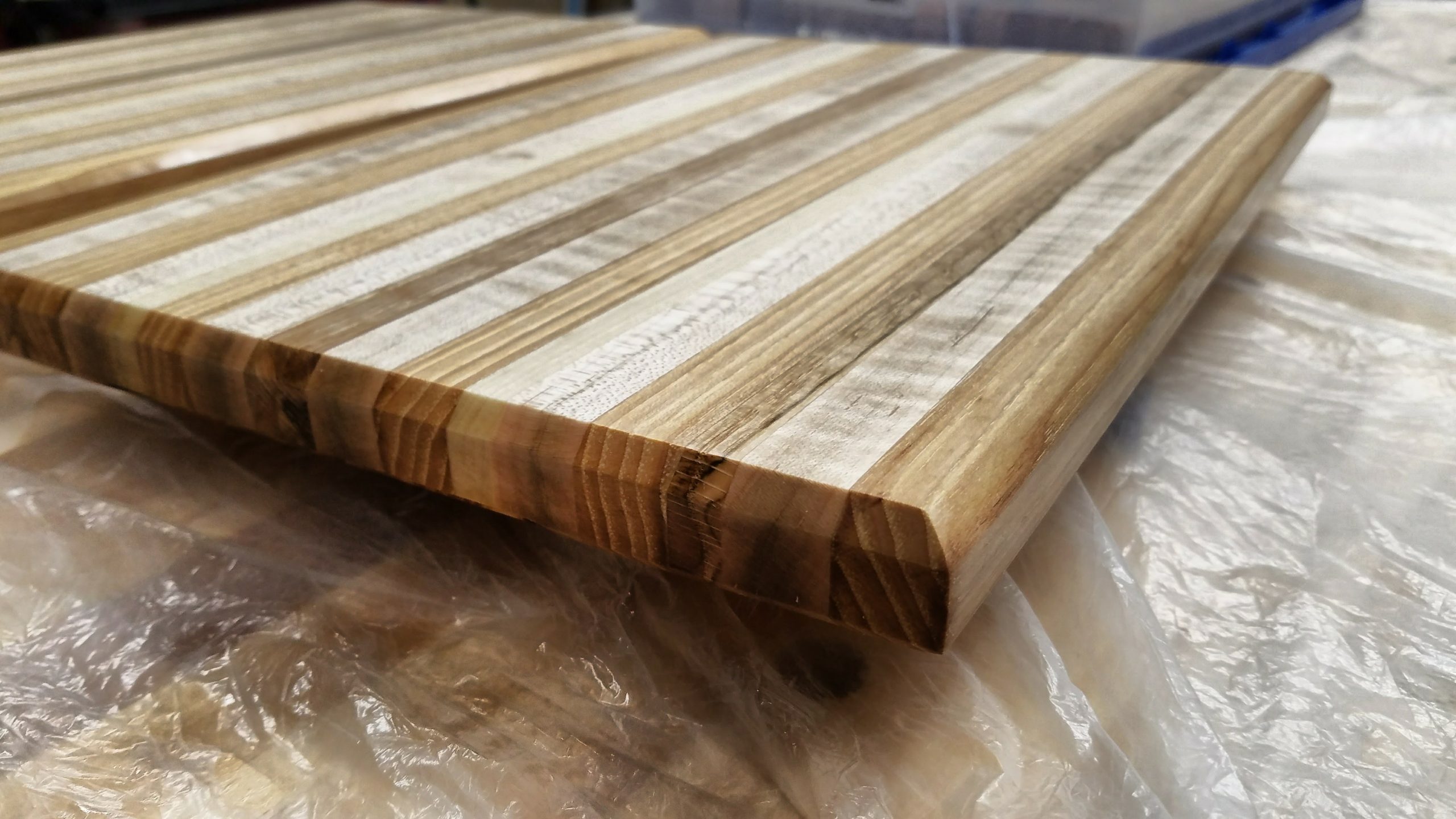Sometimes you need to upgrade or replace a cutting board that you have been using for years. In this case it was my old bamboo board that was strictly used for vegetables or other non-meat produce. And if you are making one cutting board, you might as well make two. The other one I give to my Lady for her general purpose cutting board. She added the stipulation that it needed to be lighter and a bit smaller than the massive end grain cutting boards that I made a few years back.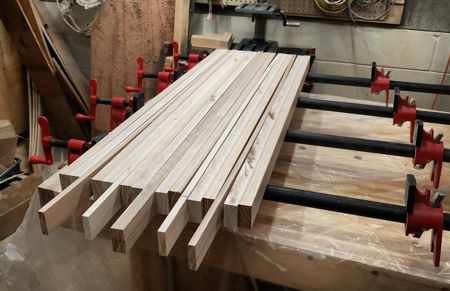
So the first step was to rip a number of hardwood slats of various thicknesses to the same width so that there was less work to level the final boards down.
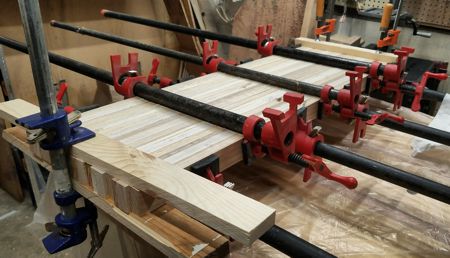
It also makes it easier to glue the slats together when they are already the same height. So, let the gluing begin. When I make woodworking projects, especially cutting boards, I like to use quick drying, waterproof, and food safe wood glue. Lets face it, the last thing you want to use is toxic wood glue on something you plan to prepare food on.
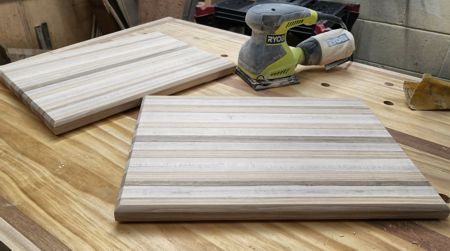
After the glue dried it was time to size and square the two boards. With the slats that I glued together I ended up with two boards that were 11.5″ x 16″ x 1.5″ that were very flat and very clean.
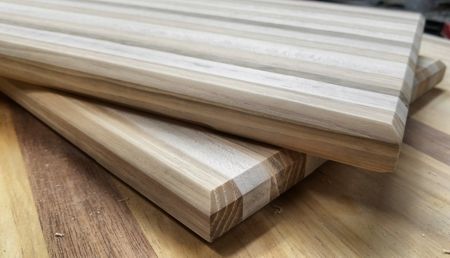
Then a few passes of the router I now have a nice chamfer all they way around, and added nice finger groves to make it easier to pick the boards from a flat surface, and it makes them look and feel a little more finished.

After the dust settled, literally, it was time to submerge the boards in a pool of mineral oil in a big soaking bin. Better known as a big plastic storage container with almost a gallon of mineral oil in it.
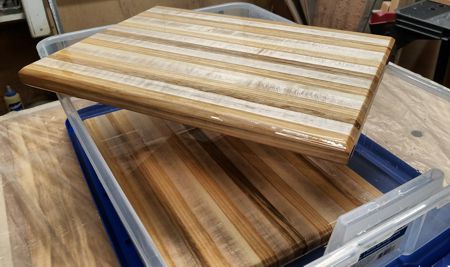
A few hours later it was time to pull the first board and swap in the second board while the first board rested and drained back into the bin. It was probably too short of a run for the soaking process, and I ended up soaking both boards a bit more later on, and then applied a nice coat of beeswax on the boards to give them a little more water resistance.
